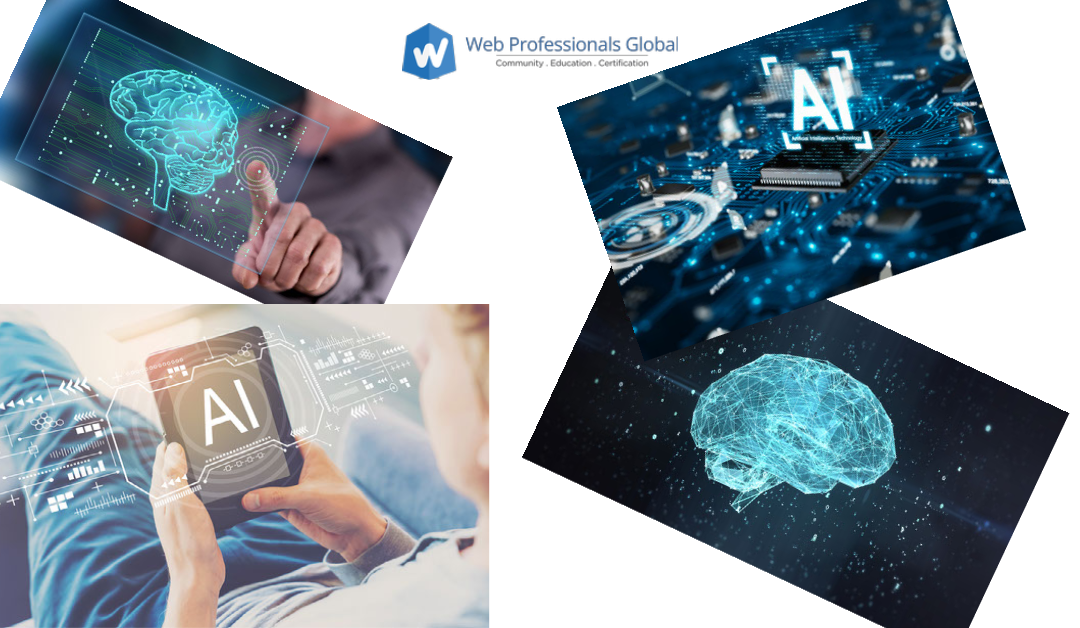
Web Education in the Age of AI
ChatGPT and GPT Zero
Unless you have been sleeping soundly for the past few months, you have likely encountered many articles and social media posts concerning ChatGPT and related AI/ machine learning technologies as they relate to education. [Note that all links to external sites will open in a new browser tab.] As you probably know, the ChatGPT was first generally available in November, 2022.
Yes, one needs to train the software to get better results. Tools are emerging so one can better identify if a student has used this sort of technology in an essay (for example). GPT Zero is one solution for educators. However, many mundane tasks can be supplanted or replaced with AI. Is it possible that some of the tasks we ask students to perform fall into this category? Perhaps we should give some thought to what is rapidly happening with this technology.
How should we address as educators?
As I recently saw in a post on social media – “Will you be replaced by AI? Probably not. Will you be replaced by someone who knows how to use AI? Probably.” Yes, these technologies are here to stay. After considerable thought on this matter, it is probably best to embrace these technologies and employ them in our classrooms. Remember the “quote” at the beginning of this paragraph. We may well be doing our students a dis-service if we don’t show them how to effectively use these tools to solve business problems.
Perhaps we should consider using these tools to draft essays (with subsequent modifications). Consider an assignment where students are asked to draft an essay on a given topic. They are also then tasked with instructing ChatGPT to develop an alternate draft. Then students can focus on revising their work (perhaps incorporating some of what was machine generated).
Solutions
These tools exist to even create websites. Yep, HTML and CSS and somewhat accessible. Does that mean we should stop teaching HTML and CSS in our web design and development classes? No. Perhaps we should let students experiment with the tools and then apply their knowledge to improve upon the results. After all, they will likely encounter this when they enter the work force. Businesses don’t care how a solution was developed. They only care that their specific problem was solved.
Possible uses
It might be helpful to think in terms of generating visual images of concepts. AI can be employed specifically to accomplish this. Tools like DALL-E-2 can be used to create copyright free images one can employ as part of their work. There are other tools (such as MidJourney). We know many students struggle with creation of images to demonstrate their ideas as part of the websites they are creating. This might be a useful approach. We know there is much controversy in the design community as to the appropriate use of AI. Again, we should recognize that the tools are here to stay. We should figure out how best to employ them in our classes.
A colleague (Dr. Eliot Attridge) has published a series of articles as to how we might consider employing AI as part of our curriculum. A good starting article might be the one describing ChatGPT as an unreliable narrator.
Your insights?
What are your thoughts about using AI as part of teaching and learning? We look forward to your comments below.
Additional resources
Members have access to an environment (Wiki space) where we are collecting thought provoking articles and reference sites concerning AI in the classroom. This is one of many different resources we provide to our members. Yet another reason to join our community. As a member, reach out to us and we will provide you with the access to these resources.
